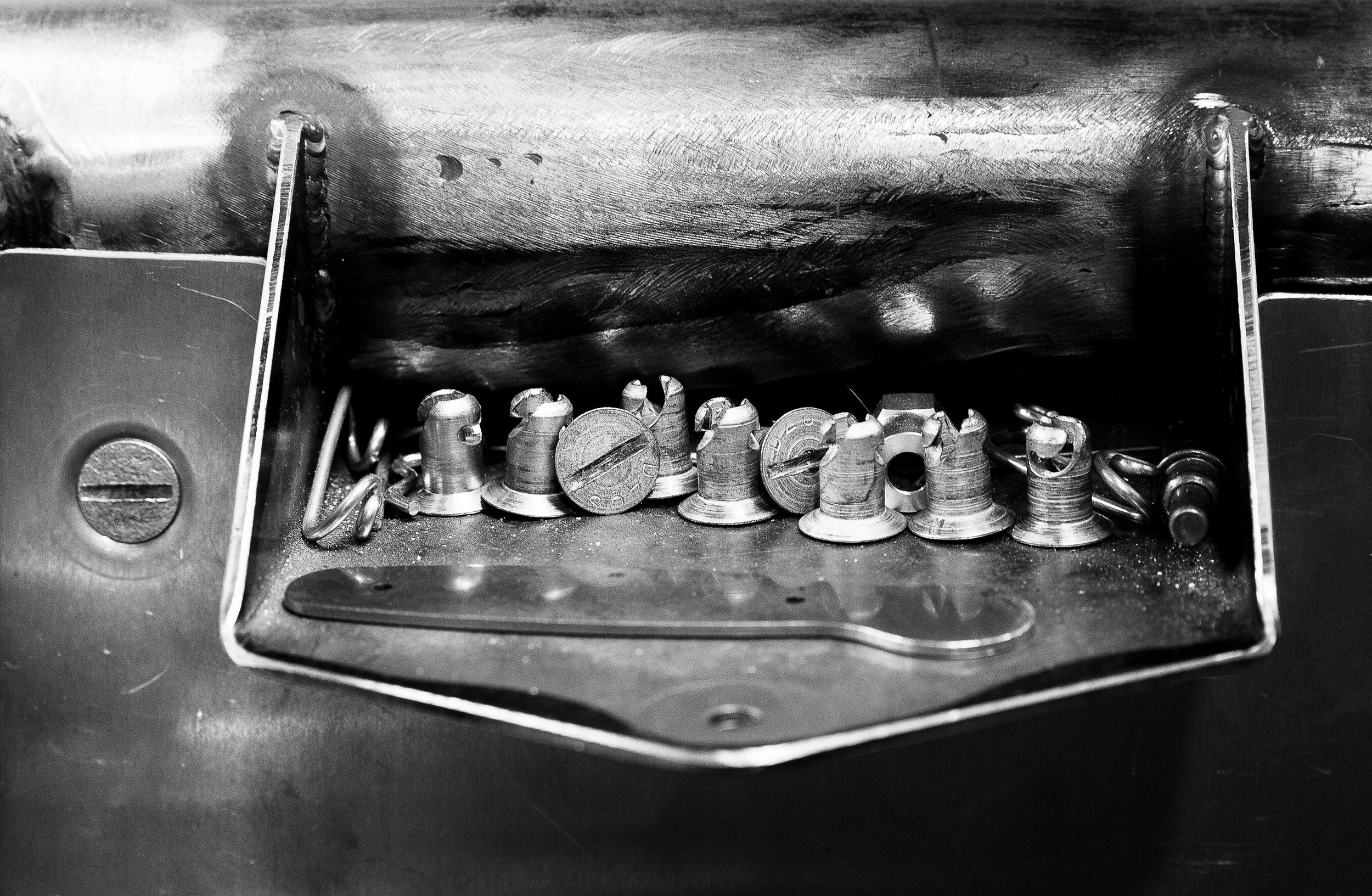Although the course at Bonneville is over five miles long, it’s still useful to think of it as a drag race. As the Challenger II accelerates, our return on expended power diminishes exponentially. In other words, going faster gets harder, so if our setup requires 50% of the course to achieve 50% of our maximum speed, we’re sunk. Every car builder has some version of this problem, but salt flat racing presents a few unique challenges.
Our runs take place on what is essentially a dried lake bed, and track conditions can resemble anything from hard packed snow to slush. Maintaining traction is always an issue, so we place a lot of faith in our tires. We’ll be using a 16 inch set manufactured by Mickey Thompson Tires, which is something I’m very proud of. They’ve been producing high speed salt flat tires for a number of years with great success, and most of the other cars you see on the salt will be similarly equipped. When my dad first got to Bonneville, he couldn’t find a set of tires that were resilient and consistent, so he made some. If you can’t find what you need, build what you need. That was M/T.
The tires themselves are an experimental design rated for up to 575 mph. They are 4.5 inches wide, banded with steel wire, and extensively cross woven with nylon. The rubber coating is only 1/32 of an inch thick, and feels almost like it’s painted on. There are two reasons for that. First, expansion. As the tires close in on maximum speed, they will grow by nearly an inch. If they were caked in heavy rubber, they would grow by even more, interfering with traction. Second is heat. More rubber causes a higher temperature buildup, and a hotter tire is less reliable.
Thanks for following along. See you next week.



